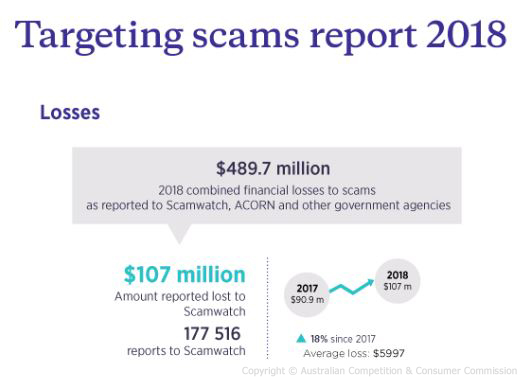Remaining adaptable in the modern business world is crucial to incorporating new processes and ideas while allowing former methods to evolve within the company.
For IT professionals looking at improving their project management efficiency, making the choice between PRINCE2 certification and Agile can be a tough decision. As with any qualification course or study, it’s important to know what will best benefit you and your skill set before making a commitment.
If you want to know if Agile is the key to building better business teams and delivering on time and within budget, take a look at some of our frequently asked questions below.
Firstly, what is Agile?
Agile courses are a unique type of IT project management training. Unlike others – that cover a fixed framework or methodology – Agile is considered more of an all-encompassing, umbrella term, consisting of many different management approaches.
Including DSDM Atern and Scrum, this family of development characteristics makes up the Agile Manifesto – the overarching shared values of Agile Project Management.
Want to become qualified in the world’s leading framework and certification for Agile Project Management? Sign up to our AgilePM® Foundation / Practitioner Combined course
 Agile is being used successfully across a range of industries.
Agile is being used successfully across a range of industries.What’s the benefit of Agile?
The nature of business is competitive, leaving those who wish to select While many project management approaches are inherently competitive, Agile aims to be complementary to these. An expert in Agile will have excellent focus in assessing a project through the development lifecycle.
Agile can help deliver improved and enhanced communications to your team, enabling the efficient planning and management of your projects.
This isn’t the only benefit of understanding Agile, however, as the more structured approach to projects will assist you in:
- Regularly reviewing prioritisation.
- Effectively communicating between business representatives and your team.
- Creating development techniques that reduce error production.
- Working successfully to a timeline and budget.
Effective training will always remain the key to understanding a methodology or framework.
But what if I’ve already studied PRINCE2?
We at ALC Training offer a number of IT project management training courses. If you’ve read the above information about Agile and feel it may be right for you, then take a more extensive look at our Foundation and Practitioner certificate course.
For those who have already achieved PRINCE2 Practitioner status, the combined PRINCE2 Agile framework course offers the flexibility of both approaches.
Covering a number of areas including the integration of Agile approaches into PRINCE2 project structure, our professionally led training course will assist you in understanding the basic concepts of Agile right up to preparation for the combined Practitioner exam.
Is Agile effective?
In a study conducted by Software Advice, the most common Agile feature used by those surveyed was workflow tracking, with some 95 per cent noting this. Further to this figure, 90 per cent of respondents claimed workflow tracking was the feature to most increase the efficiency of a project.
And the top projects managed by Agile? While 52 per cent of users find their projects to be focussed on software and IT, Agile still finds an exceptional range of use in marketing (11 per cent), architecture (5 per cent), and finance (4 per cent).
Agile remains an effective solution for those in software development, as having a clear and understood scope of project timelines will ensure delivery success.
Conquering challenges with ALC Training
While Agile project management software can clearly benefit many at the planning, management and delivery stages, effective training will always remain the key to understanding a methodology or framework.
ALC has an extensive history with a proven track record – we’ve helped over 30,000 enhance their career options and reliably pass their exams with our courses.
If you want to find out more about PRINCE2, Agile or our combined project management course, get in touch with ALC Training today.


 Training can often seem like hard work. ALC is here to help.
Training can often seem like hard work. ALC is here to help.
 Securing your network is crucial to protecting your company’s data.
Securing your network is crucial to protecting your company’s data. Choosing the right security framework is vital to the health of your business.
Choosing the right security framework is vital to the health of your business. Locking a company out of their data is a popular ransomware method.
Locking a company out of their data is a popular ransomware method. Gaining ITIL certification can provide great benefits to your IT career.
Gaining ITIL certification can provide great benefits to your IT career. Information security training can protect you from cybercrime.
Information security training can protect you from cybercrime.





